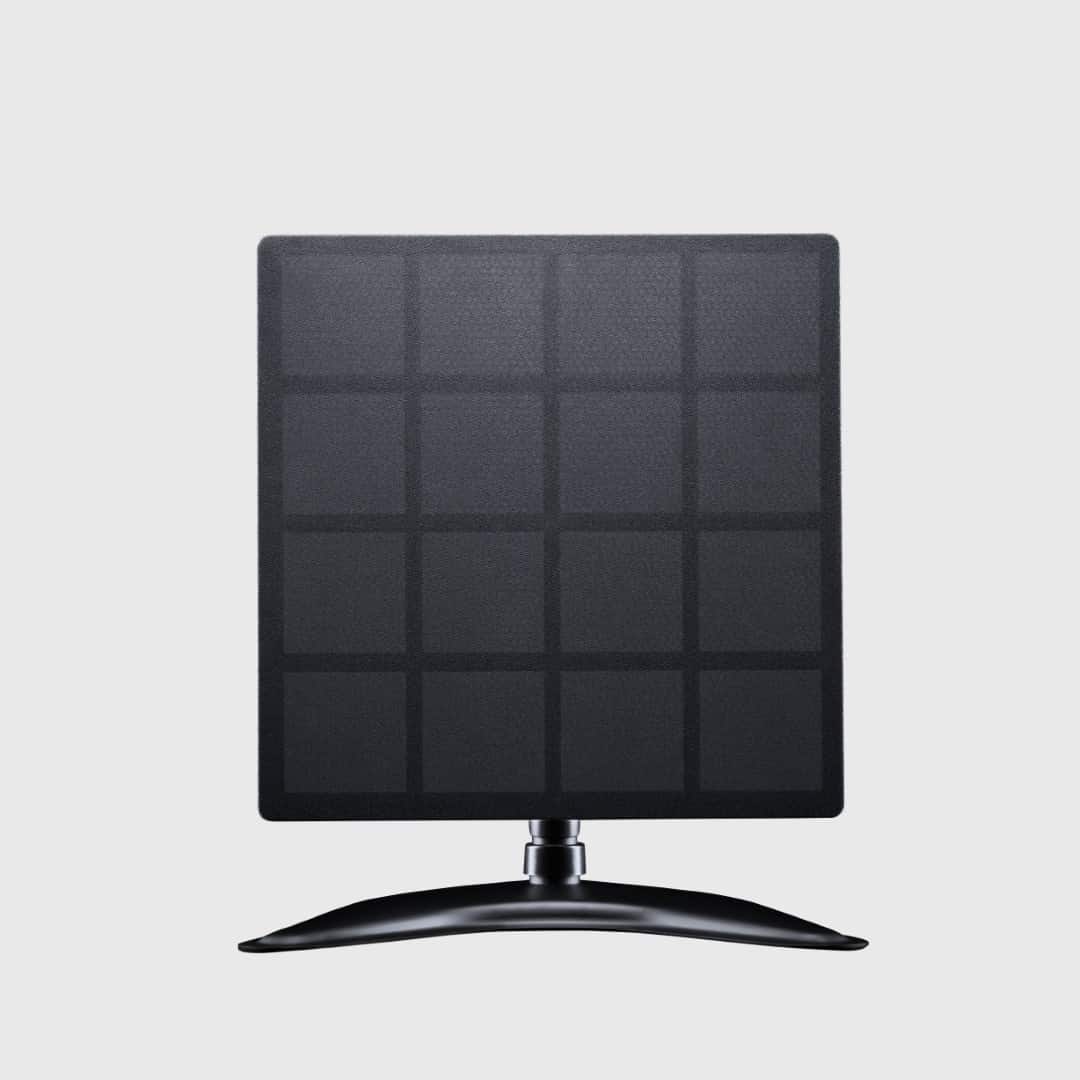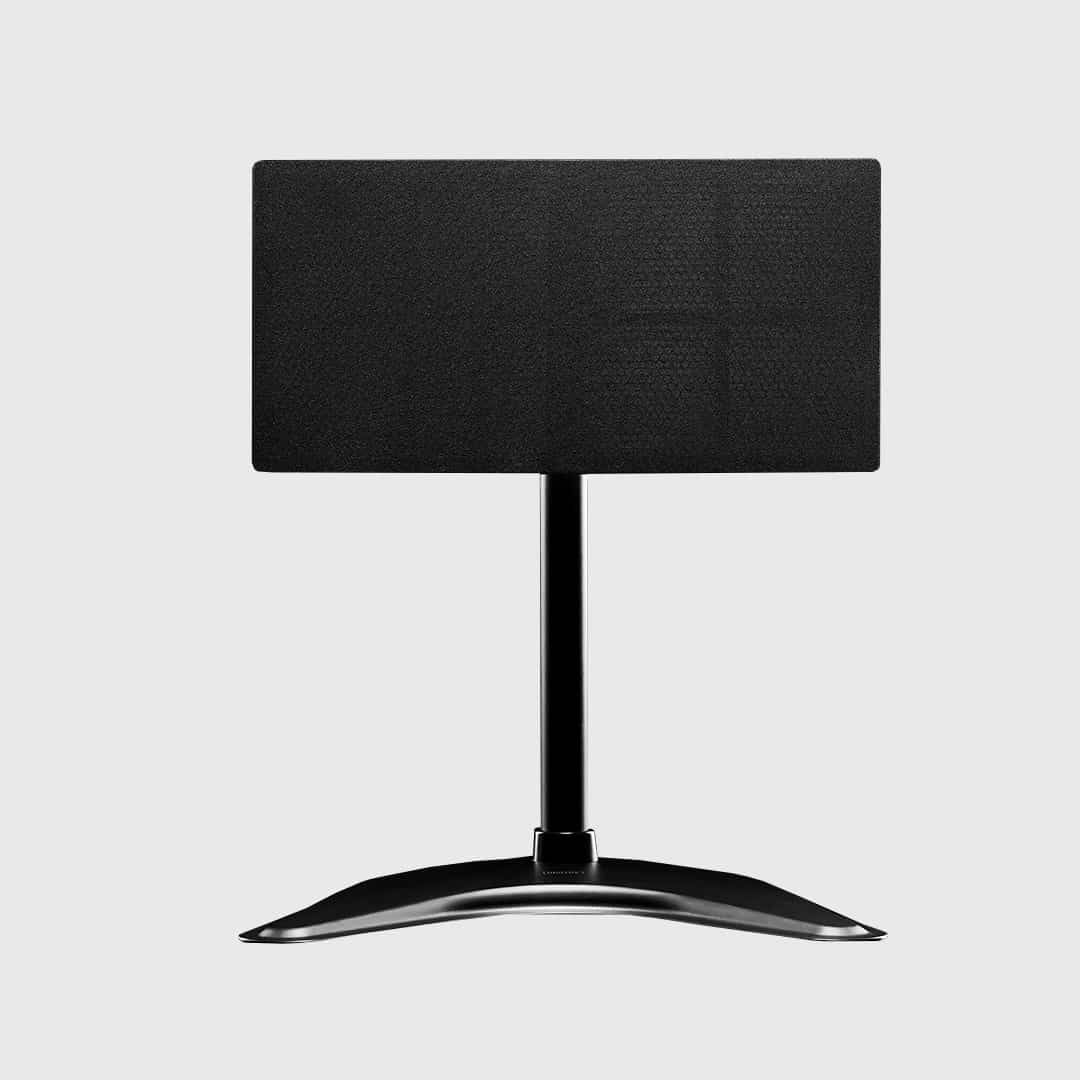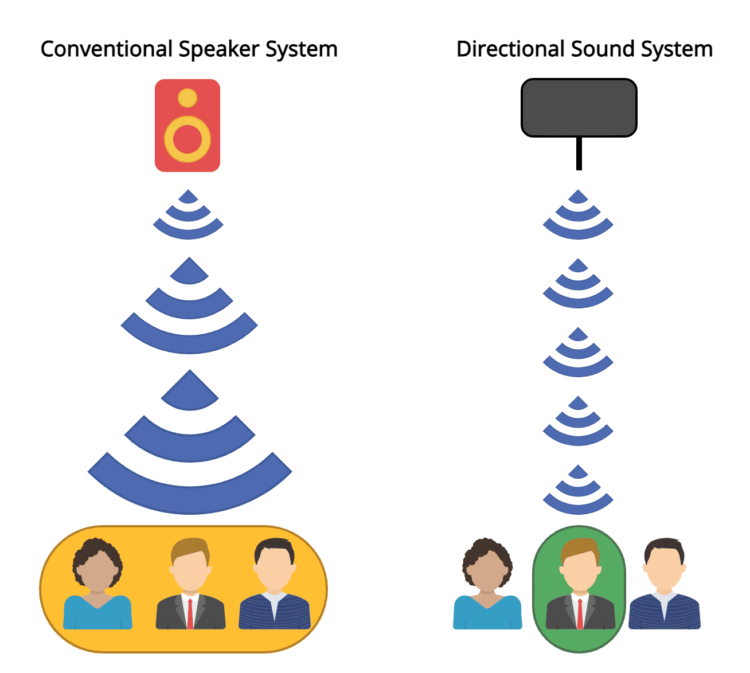Focusonics speakers is a directional sound system which functions to emit a constrained, narrow beam of sound that is localized to a target area.
The unique quality of these devices is that those standing within the target radius will be subjected to the audio, however, individuals standing outside the beam will not be able to hear the sound.
Directional sound speaker system available at Focusonics
The directional sound system devices we manufacture are better known as directional speakers, also referred as ultrasonic speakers. Our team of manufacturers have intricately designed and built two different directional sound systems which vary in capability and applicability:
Model A

- Best suited to larger distance operations (3-15 metres).
- Optimal range of 3-15 meters.
- Powerful, loud volume capability.
Model B

- Smaller model for shorter distances.
- Optimal range of 1-5 meters.
- Ideal for overhead operation.
We also offer custom solutions for clients that wish to take their directional sound system the extra mile with the integration of person detection and recognition.
These are mainly used for personalized advertising, digital signage and greeting services across an array of industries. However, it is likely you may have another use in mind and our teams expertise within this field could help make it a reality. For more information click here.
How does a directional sound system work?
Our directional sound system devices incorporate a parametric array, a nonlinear transduction mechanism. A parametric array does not generate sound directly, but reproduces sound using ultrasonic waves.
The speaker generates ultrasound waves (high-frequency sound) modulated with audio signals and as these waves pass through the air they demodulate and sound can be heard.
You can read more on the sound control technology here.
Different to a conventional sound system
A directional sound speaker system differs from conventional loudspeakers which spread audible sound in an omnidirectional manner due to larger wavelengths compared to parametric speakers.
With the larger sound spreading, the audio from conventional speakers fill the whole surrounding proximity, whilst parametric speakers target only a single person.
The diagram below encapsulates this difference between the two:

Audio emission from a conventional speaker system compared to a directional sound system.
Applications of a directional sound system
Due to the localized ability to direct audio to a targeted area, there are certain unique applications that these devices are best utilized for:
- Retail
- Exhibitions and Showrooms
- Museums
- Virtual Source Effects
- Digital Signage
- Public Address and Warning Systems
- Command and Control Centers
- Offices
- Hearing Impairment Enhancement
If you are unsure whether the Model A or Model B is best suited for your industry application, then please contact us and a member of our team will get back to you as soon as possible.
It is important to note that due to the build of all directional speakers, including Focusonics, they generally lack low-frequency (bass response).
Our team of engineers have implemented algorithms to generate ‘virtual bass’ to help create the illusion of low frequencies through the use of high frequency tones. However, it is not the intention to use these speakers to replace headphones for high-fidelity music listening, but rather to transmit messages, sounds and background music for the applications listed above.
Why choose us?
Neurotechnology, the owner of Focusonics products, was founded 31 years ago with the drive and passion to research and develop services that are fundamentally powered by neural networks, biometrics and computer vision. The creation of Focusonics directional sound system products is a great example of this, as well as, the custom solutions offered with integration of a biometrics system to assist companies with straightforward attendance registering in places of work or attraction venues such as museums.
We have created distributor partnerships across the globe so our speakers can reach anyone in any country that requires it.

